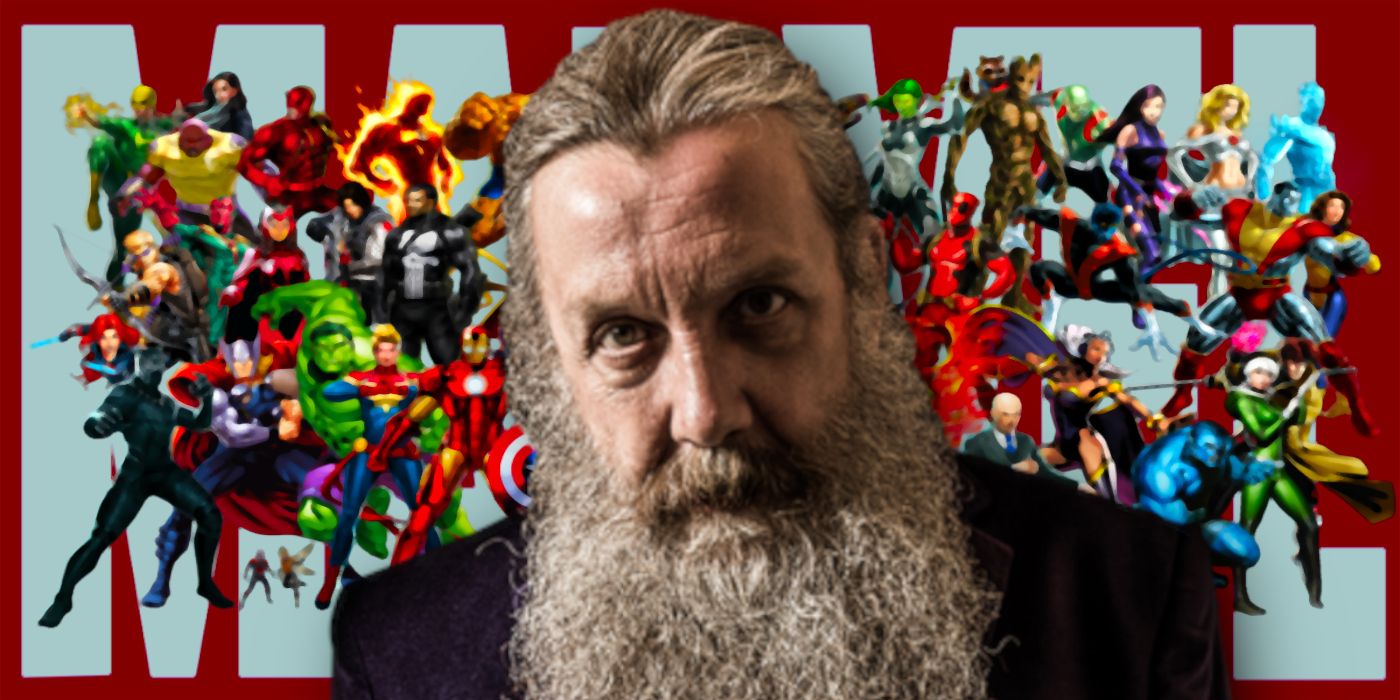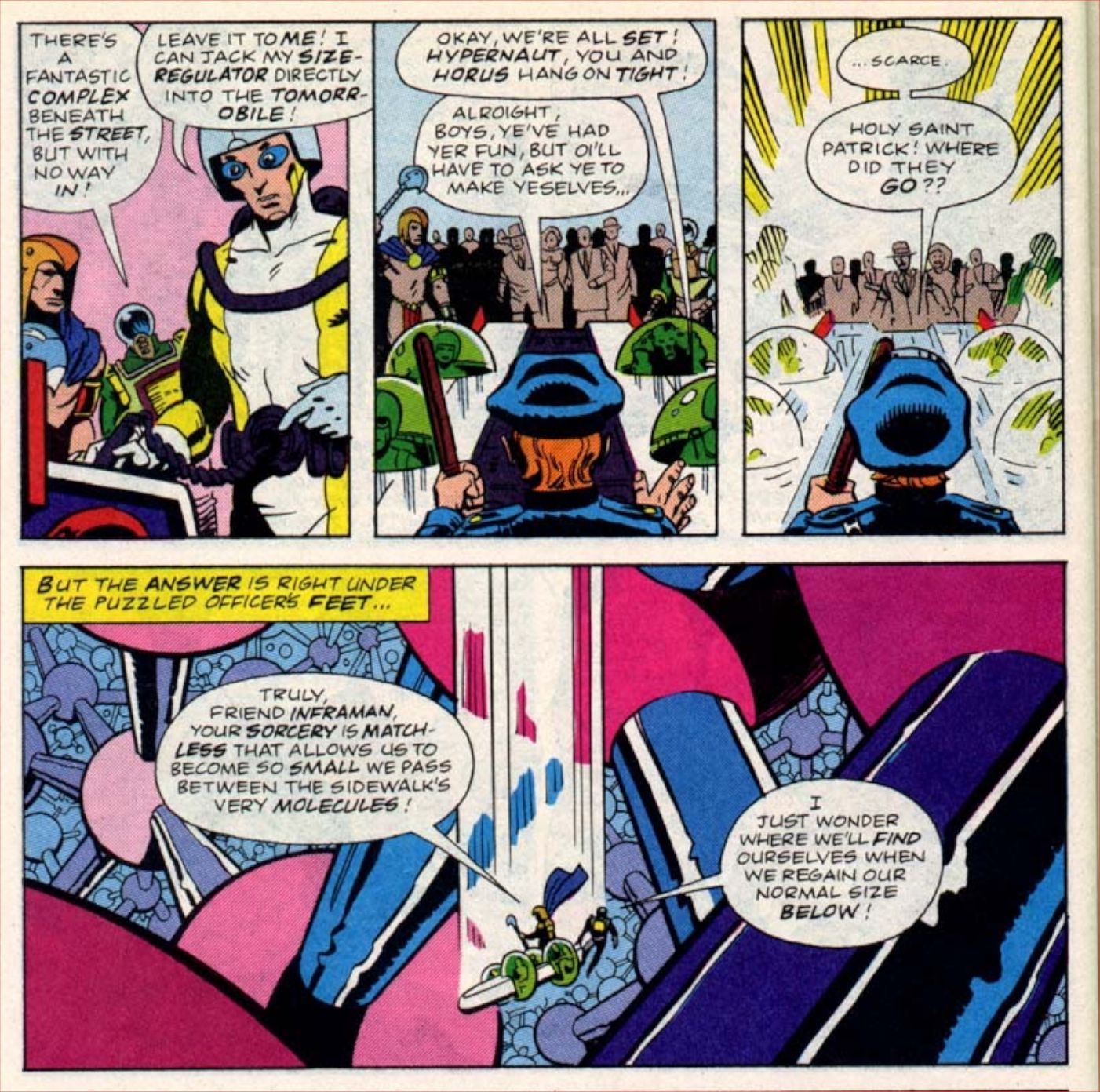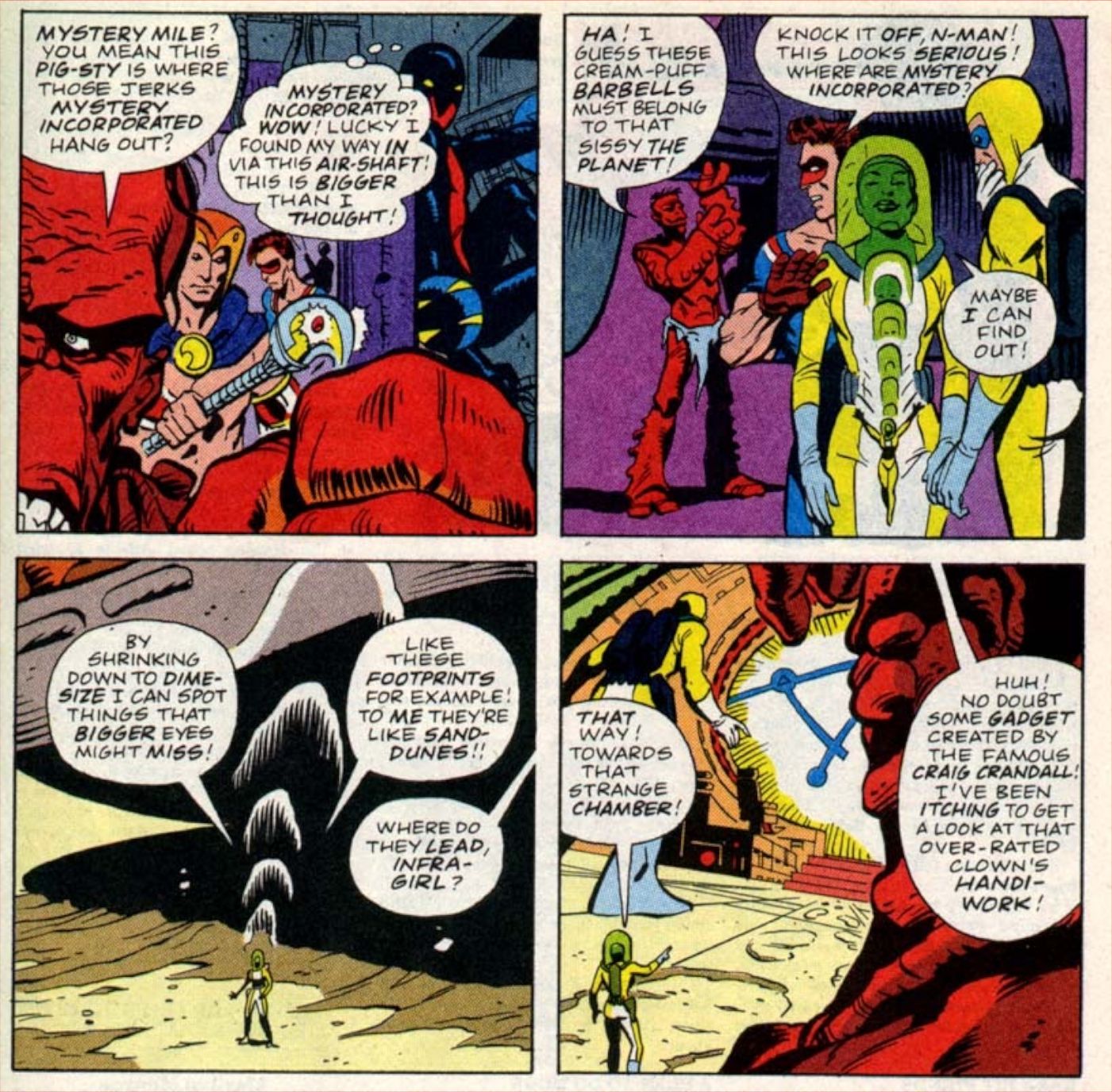It’s a well-known fact that Alan Moore isn’t the biggest fan of superheroes these days, yet there was a time when the legendary scribe seemed willing to return to Marvel Comics for one character in particular: none other than the Astonishing Ant-Man.
As recently revealed in his Substack newsletter Man With A Hat, Marvel Editor Tom Brevoort detailed how Alan Moore almost came back to Marvel Comics in the early 2000s. Moore began working with Brevoort following his contribution to the Heroes graphic novel, a landmark project created for charity in the aftermath of the 9/11 attacks. Not long after, Brevoort attempted to lure Moore into doing more work for Marvel Comics. Says Brevoort: “I did later make an attempt to convince Alan to write FANTASTIC FOUR, unsuccessfully—he did have an interest in doing ANT-MAN, though I was never quite certain whether we could sell it in sufficient quantities to make it worth pursuing, and it never came together in any event. But I bet his Ant-Man would have been mind-blowing.”
Would Alan Moore’s Ant-Man Have Resembled His Earlier 1963?
Moore is notable in that he is one of the few major comic book creators to have never worked at Marvel Comics in any serious capacity. In the early 1980s, he did work for Marvel UK, the publisher’s British arm. There, Moore wrote the vigilante Night Raven and had a memorable Captain Britain run that would later help to lay the foundation for the Marvel Multiverse. However, outside of his Marvel UK work and three pages of 1985’s Heroes for Hope: Starring the X-Men, Moore never wrote any comics for Marvel in the U.S. And given that he’s now retired from comics and his recent comments on superheroes, it seems unlikely that Moore will ever write for Marvel again.
However, fans can see glimpses of what Alan Moore’s Ant-Man might have looked like in some earlier, near-forgotten work from the 1990s. After Image Comics was founded in 1992, co-founder Jim Valentino reached out to Moore, and the result was a six-issue series called 1963. Co-created with artists Steve Bissette and Rick Veitch, 1963 was a clear pastiche of the classic Silver Age Marvel Comics produced in the decade from whence the comic draws its title. Each title focused on a character or characters who were obvious stand-ins for their Marvel counterparts – the Fantastic Four became Mystery Incorporated, and the Avengers were the Tomorrow Syndicate, including Infra-Man and Infra-Girl standing in for Ant-Man and the Wasp. Moore and his artistic collaborators perfectly captured the childish energy of those early Marvel Comics, while simultaneously offering an adult, tongue-in-cheek perspective.
Infra-Girl Shrinks Down In Alan Moore’s 1963
While seminal Alan Moore works like Watchmen offered a grounded, more gritty and realistic take on superheroes, his superhero work in the 1990s and early 2000s took a different approach. Titles such as Supreme and Tom Strong felt like a pointed rejection of the darkness of his earlier work, as Moore brought superheroes back to their roots as creations of child-like wonder and awe. It seems more likely that an Ant-Man series by Alan Moore at this time would have been in the vein of those works and 1963, focusing on the joy, excitement, and imagination of the superhero concept rather than deconstructing it. Alas, we may never get to see what Alan Moore’s Ant-Man would have looked like, but Marvel Comics fans can still dream.
Source: Man With A Hat



